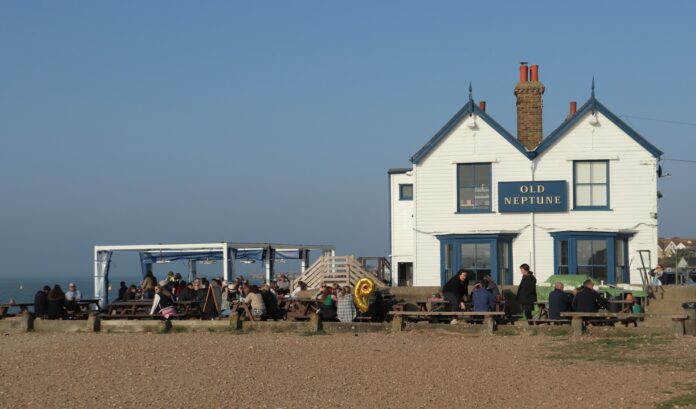The bathroom is having a moment. Once a purely functional space, it’s now the experimental playground of interior designers and tech innovators alike. Our predictions suggest that 2025 will take this evolution even further, with boundary-pushing designs that merge cutting-edge technology, sustainable practices, and wellness-focused features. Here’s what’s set to reshape our bathrooms in the coming year.
Steam Shower Cabins
Leading our predictions for 2025 is the mainstream adoption of steam shower cabins. No longer reserved for luxury spas and high-end resorts, these self-contained units are poised to become increasingly popular in residential bathrooms across the UK. Steam shower cabins offer the perfect blend of functionality and indulgence, providing traditional shower capabilities alongside the therapeutic benefits of steam bathing.
The latest steam shower cabin models coming to market feature chromotherapy lighting, bluetooth speakers, and aromatherapy diffusers. What makes them particularly appealing is their space-efficient design – perfect for British homes where bathroom space is often at a premium. Manufacturers have made significant strides in energy efficiency, with 2025 models projected to use up to 30% less water and energy compared to traditional steam rooms.
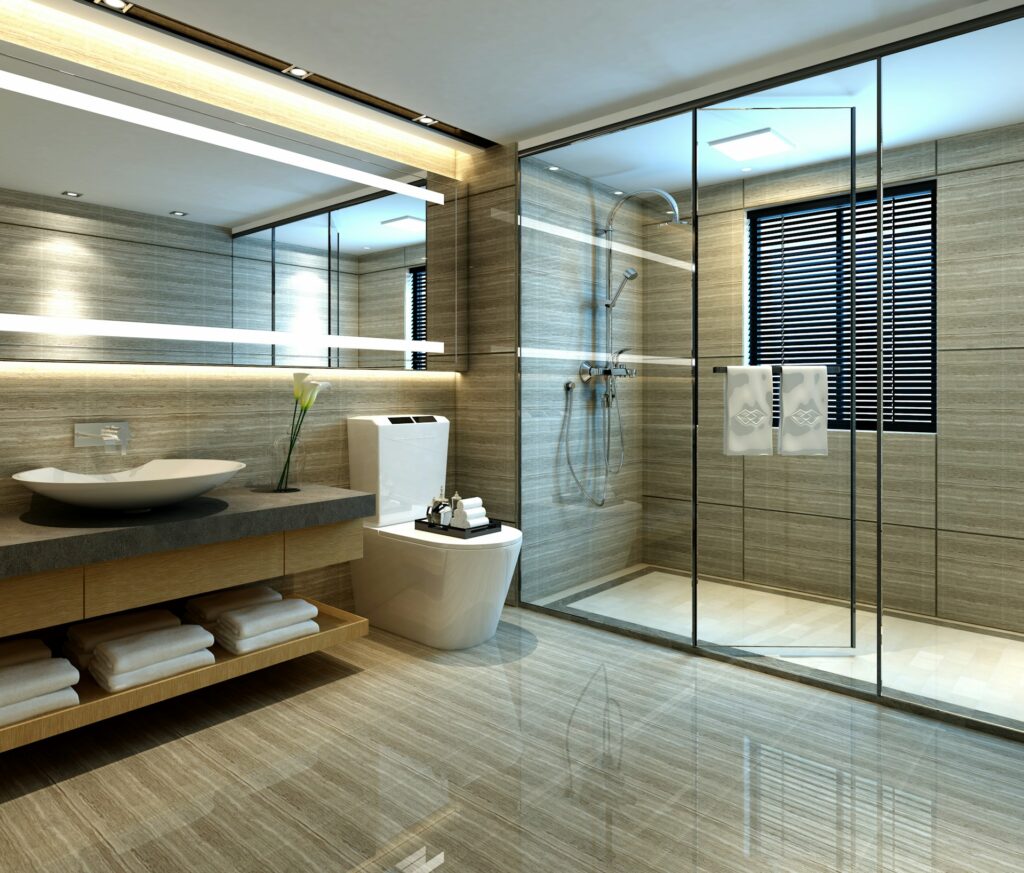
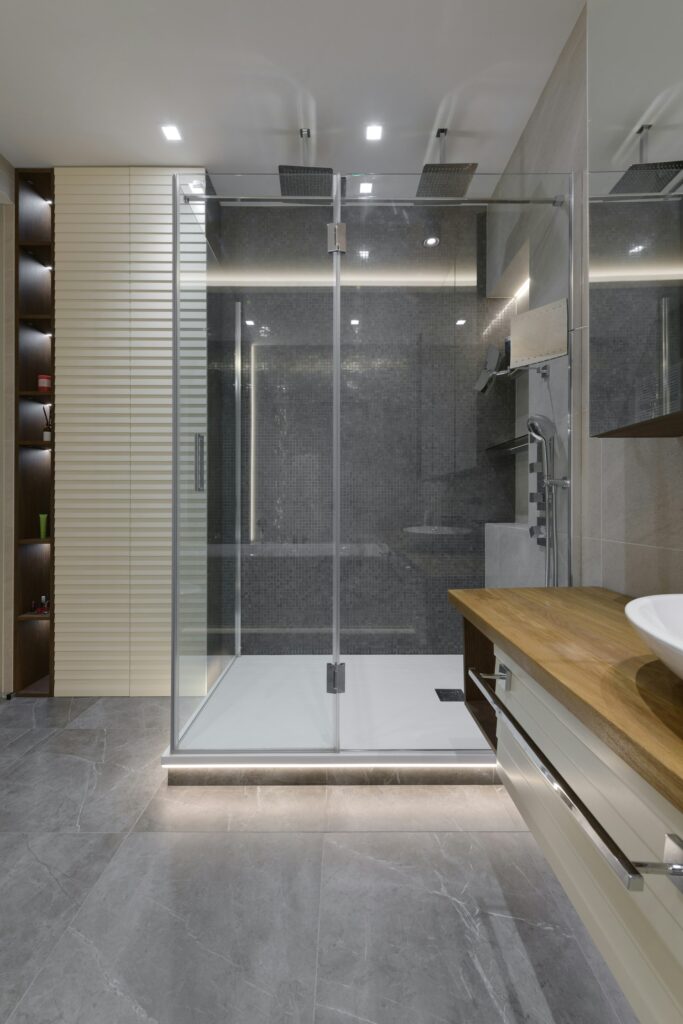
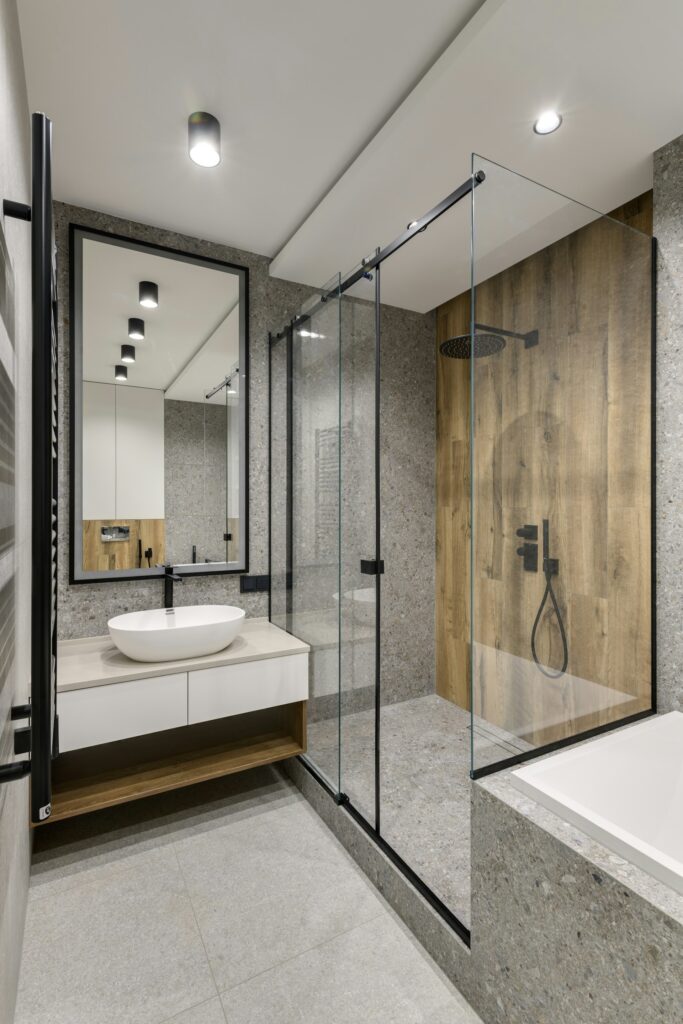
Sound-Scaping Bathrooms
One of the most innovative trends we’re anticipating for 2025 is the emergence of acoustic design in bathrooms. Advanced sound absorption materials and directional speakers are being integrated into bathroom architecture to create immersive audio environments. These systems can generate anything from rainfall sounds to forest ambience, whilst simultaneously minimising echo and improving acoustic privacy – a particular concern in modern open-plan homes.
Manufacturers are developing smart acoustic tiles that can actively cancel unwanted noise while enhancing desired sounds, creating a truly personalised sensory experience. Some systems even incorporate infrasonic frequencies known to promote relaxation and wellness.
Hydrotherapy Baths
Making a triumphant return in 2025 are hydrotherapy baths. Modern hydrotherapy systems combine water jets, air baths, and whirlpool functions to create a holistic therapeutic experience that promotes relaxation, rejuvenation, and relief from muscle tension. These baths are not merely about luxury—they are also about promoting overall wellness, with advanced models offering customizable massage options and essential oil diffusion.
With cutting-edge engineering, the latest hydrotherapy baths are designed for maximum efficiency and minimal water usage, making them a sustainable choice for the eco-conscious consumer. Integrated smart technology allows users to control water temperature, pressure, and jet cycles via a mobile app, ensuring a fully personalized bathing experience.
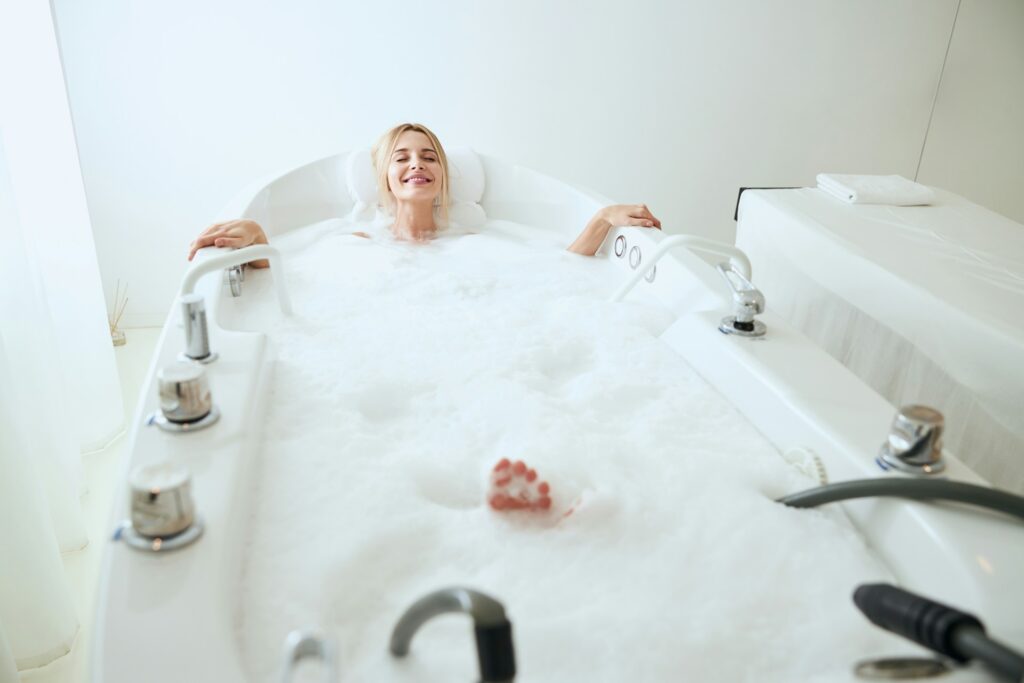
Bioactive Materials
Moving beyond traditional antimicrobial surfaces, 2025 will see the introduction of truly bioactive materials in bathroom design. These revolutionary surfaces actively respond to their environment, adapting their properties based on humidity levels and usage patterns. Self-cleaning surfaces incorporating photocatalytic materials will become more widespread, whilst new generations of smart tiles can change their texture to prevent slipping when wet.
Perhaps most excitingly, we’re seeing the development of surfaces that can monitor environmental bacteria levels and adjust their antimicrobial properties accordingly, providing an extra layer of hygiene without excessive chemical use.
Textured Surfaces
The sleek, minimalist surfaces that dominated previous years are giving way to more tactile, textured finishes. From three-dimensional tile patterns to ribbed glass panels and fluted vanity units, these textural elements add depth and interest whilst maintaining a sophisticated aesthetic. What makes this trend particularly interesting is how it manages to bridge the gap between modern design and traditional aesthetic sensibilities.
Particularly popular are hand-crafted ceramic tiles featuring subtle variations in texture and finish, creating an artisanal feel that adds character to contemporary bathrooms. These surfaces are often paired with matt finishes in neutral tones, creating a sensory-rich environment that feels both timeless and welcoming. The combination allows homeowners to embrace modern textures without completely abandoning the warmth and familiarity of more old fashioned aesthetic elements.
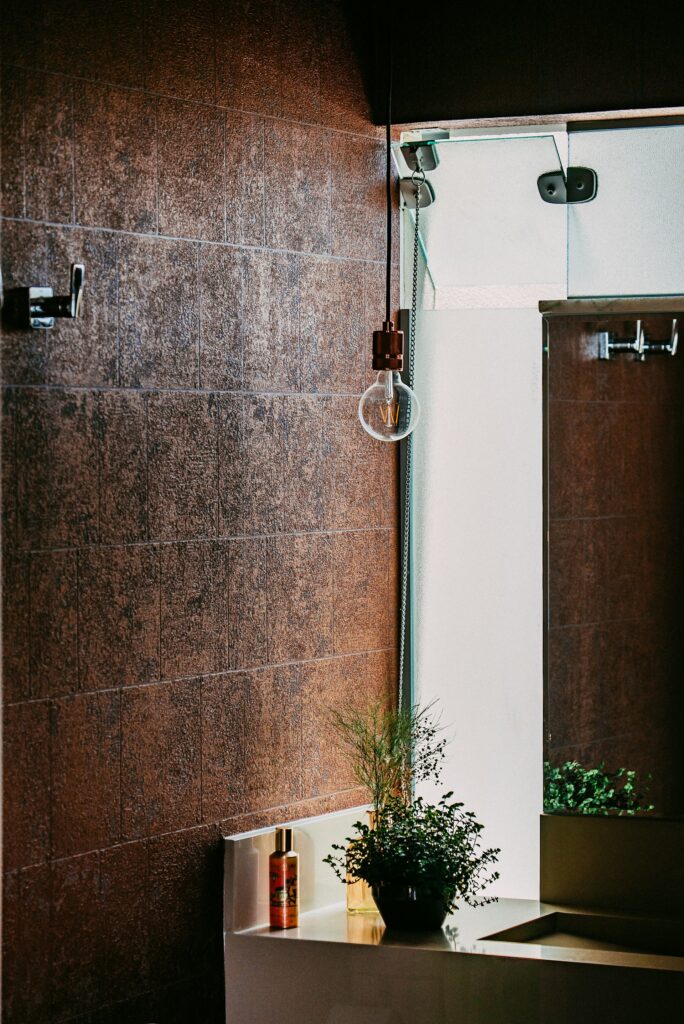

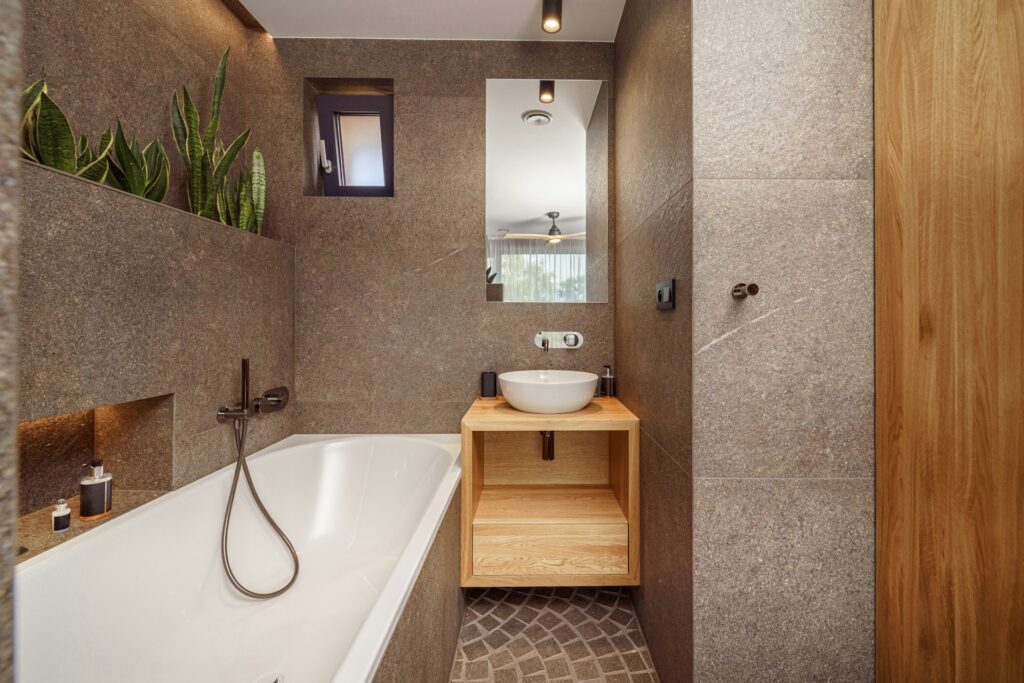
Micro-Gardens & Living Walls
While plants in bathrooms aren’t new, 2025 will see the integration of sophisticated micro-garden systems specifically designed for bathroom environments. These self-maintaining ecosystems use smart sensors to monitor and adjust lighting, humidity, and nutrition levels, ensuring optimal plant health with minimal intervention.
Vertical garden systems are being developed with built-in irrigation and drainage that connects directly to bathroom plumbing, whilst special varieties of plants are being cultivated specifically for bathroom environments, selected for their air-purifying properties and ability to thrive in humid conditions.
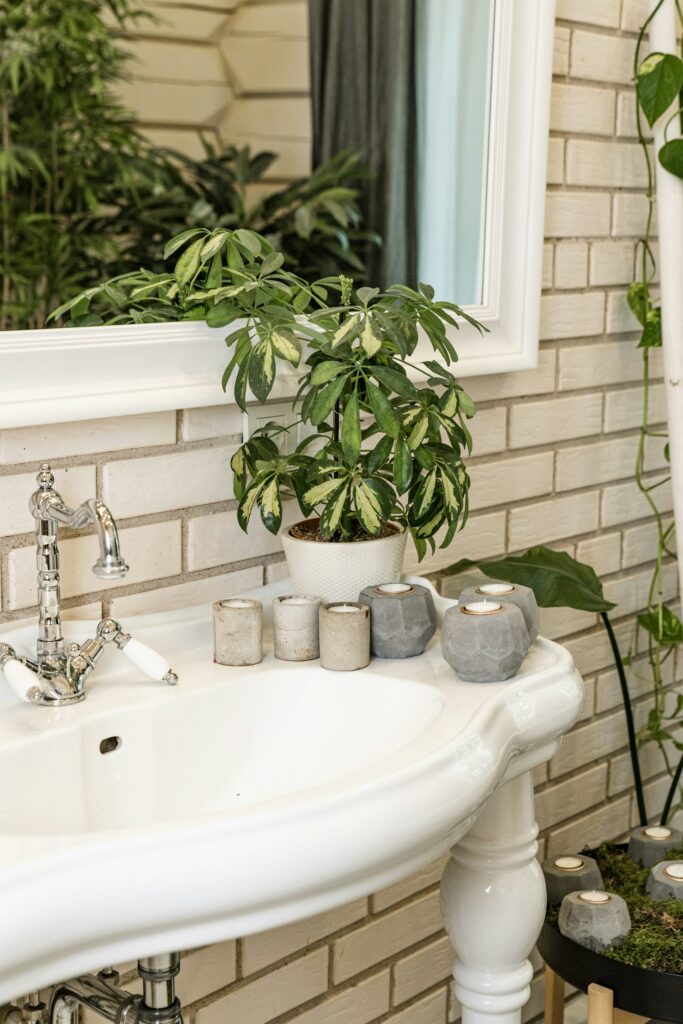
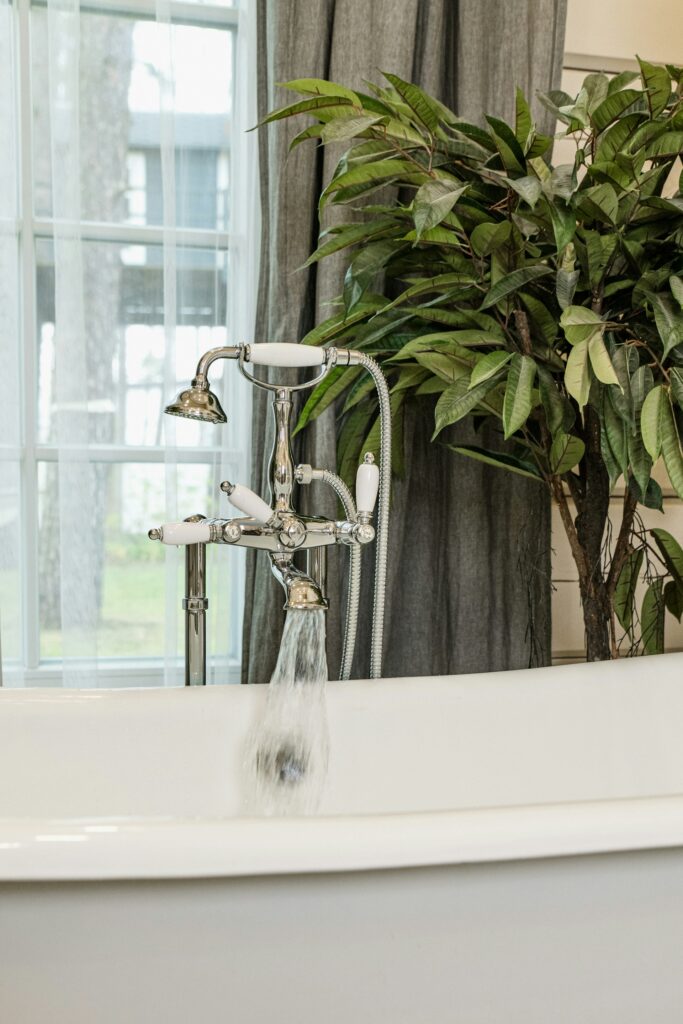
Climate-Responsive Design
As climate change continues to impact our daily lives, 2025’s bathrooms will incorporate adaptive features that respond to environmental conditions. Smart ventilation systems will automatically adjust based on external weather conditions and internal humidity levels, whilst new-generation heating systems will use predictive technology to optimise energy usage based on household routines and weather forecasts.
These systems will integrate with home automation networks to achieve optimal efficiency, potentially reducing energy consumption by up to 40% compared to traditional bathroom heating and ventilation systems.
Digital Water Management
Water conservation takes a technological leap forward in 2025 with the introduction of AI-powered water management systems. These sophisticated setups can detect leaks in real-time, monitor water quality, and even predict maintenance needs before issues arise. Smart shower systems will feature digital water meters that gamify conservation, turning sustainable usage into an engaging daily challenge.
The most advanced systems will incorporate water recycling features, treating and repurposing greywater for toilet flushing and plant irrigation, significantly reducing household water consumption.
Chromatic Comfort
Moving beyond basic chromotherapy, 2025 will see the introduction of dynamic colour-changing surfaces that respond to various factors including time of day, water temperature, and even the user’s mood (detected through smart sensors). These surfaces can shift from energising morning colours to calming evening tones, supporting natural circadian rhythms and enhancing the emotional impact of the space.
Special mention goes to new electrochromic glass technology, which allows windows and shower screens to change opacity and tint on demand, eliminating the need for traditional blinds while offering enhanced privacy options.
The Bottom Line
As we stand on the threshold of 2025, these emerging trends signal a fundamental shift in how we think about bathroom design. The bathroom of tomorrow is set to become more than just a functional space – it will be an adaptive environment that actively contributes to our wellbeing while respecting environmental boundaries, all with a little maximalism thrown in for good measure.
From steam shower cabins to bioactive materials and smart acoustic design, these innovations promise to transform our daily routines into experiences that nurture both body and mind. As these technologies continue to develop and become more accessible, we can expect to see even more exciting developments in the years to come.




